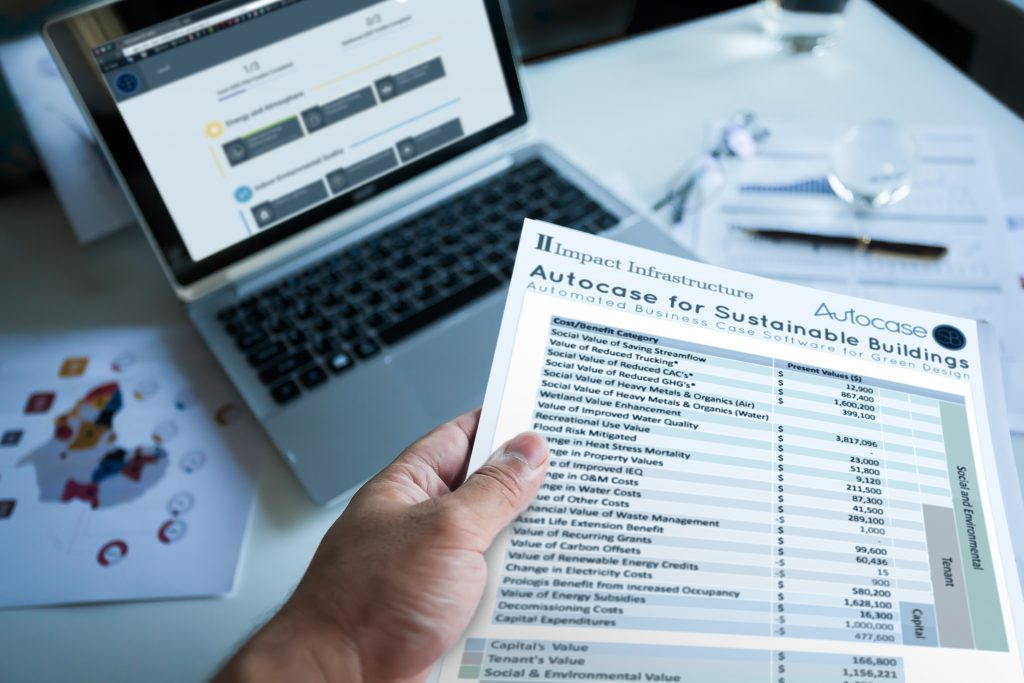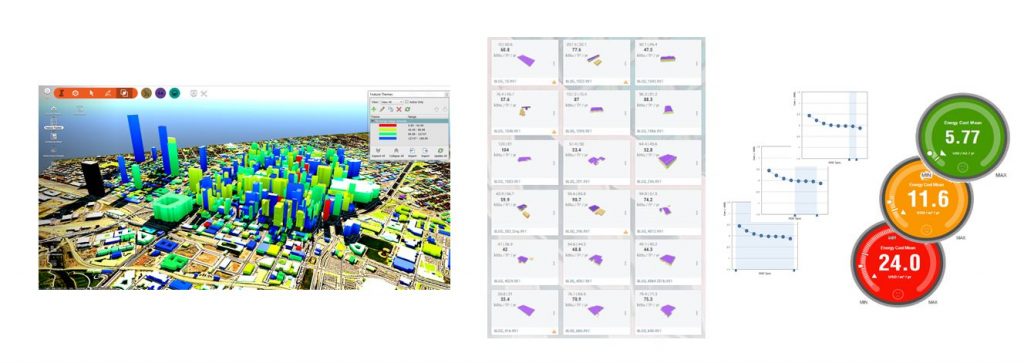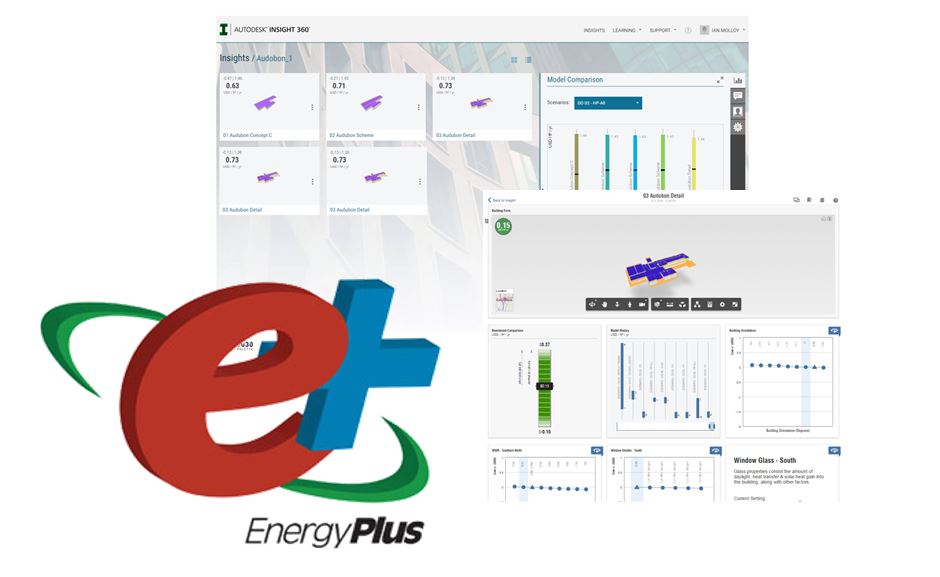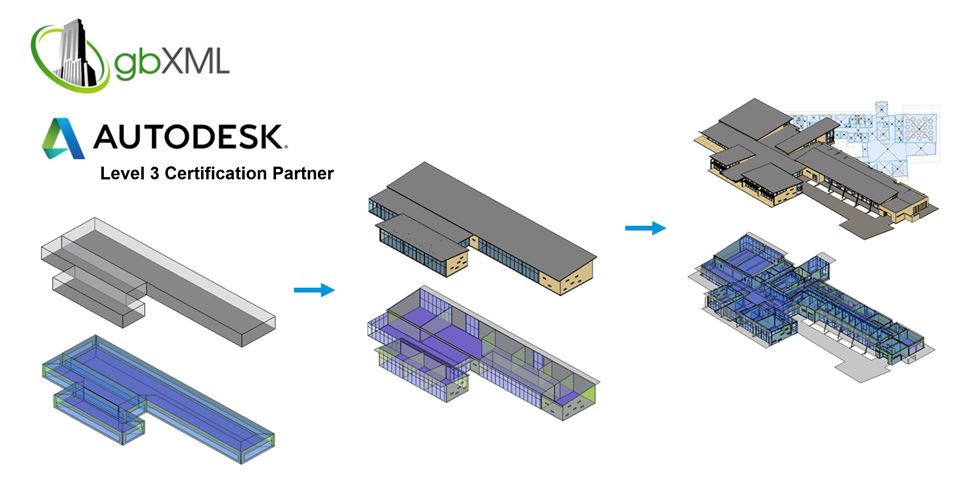Autodesk to showcase integrated generative intelligence for a better built environment
By Emma Stewart and Ian Molloy, Autodesk
Our vision at Autodesk is to ‘Imagine Design and Create a Better World’ while our mission is to ‘Deliver Products and Services that enable the Future of Making Things’. This is evident in many ways across many different industries, and there is arguably no better example of how this is being realized by Autodesk, our partners, and our customers than what we’re sharing this week at our Greenbuild International Conference and Expo 2016 booth [Booth #L2349], October 5-7 in Los Angeles.
So, how does this impact your work today?
Make the Built Environment Better
With the recent news of the US and China ratifying the COP21 Paris Climate Agreement the world’s attention is once again focused on the critical need to reduce greenhouse gas emissions. You’ve probably heard this before but according to the Intergovernmental Panel on Climate Change, today over 30 percent of global greenhouse emissions are building related and those emissions are predicted to double by 2050 if we follow a business-as-usual path. If you consider solely electricity, more than 60 percent (and as much as 74 percent here in the U.S.) is buildings related. Now with the signing of the COP21 Paris Climate Agreement, 195 countries have committed to reducing global greenhouse gases by more than twice the amount currently emitted by buildings.
The buildings sector offers some of the greatest potential for rapid and economically beneficial change, and a means by which countries can comply with their Paris commitments cost-effectively. In a seminal piece of analysis by McKinsey & Company in 2009, it was revealed that if existing efficiency improvements with positive ROIs were deployed today, we’d reduce US commercial building energy use by a whopping 29% by 2020.
Integrated Generative Intelligence
It is one thing to cite problems and set goals, but what about the “how to” part of the equation? To begin with, we can look to Integrated Design – getting the whole project team to look at whole system performance for the whole building life. Next, Generative Design – Setting clear measurable goals and evaluating problems to uncover higher performing solutions that would otherwise not have been considered in traditional design processes.
This might all sound idealistic, however what is very real are the significant advances that have been made towards the next generation of Building Information Modeling, Energy & Environmental Performance Simulation, and Economic Analysis tools that can easily scale to provide greater intelligence for the whole industry.
Join us this week to learn about:
Easy and Economical Integrative Design: Process through Practice – Hayes Zirnhelt, Senior Associate at Rocky Mountain Institute and Ian Molloy, Product and Engineering Manager at Autodesk.
City-scale Rapid Energy Modeling for Data-Driven Decisions – Jennifer Rupnow, Consulting Services Manager at Autodesk will introduce capabilities for energy analysis of entire building portfolios with minimal data inputs required. The approach allows prioritization of buildings, evaluation of retrofit measures, and agile exploration of scenarios to achieve energy goals at a city-scale. The session will highlight a case study with the US Air Force.
EnergyPlus and Autodesk Insight 360 – Amir Roth, Building Energy Modeling Technology Manager at the Department of Energy will be speaking October 5th at noon Pacific in the Autodesk Booth (#L2349) about new Autodesk EnergyPlus offerings.
Fast Reliable Building Information to Building Energy Modeling with gbXML Certification – Stephen Roth, gbXML.org will be speaking in the Autodesk booth about interoperability with gbXML and the Autodesk Level 3 Certification Partnership. For more about this noon Pacific Thursday, October 6 presentation at the Autodesk booth [#L2349], see the September 24 posting on the gbXML community site.
Financial, Social, and Environmental Cost-Benefit Analysis for Infrastructure and Buildings – John Williams CEO Impact Infrastructure, Emma Stewart Director of Sustainability Solutions Autodesk and Mahesh Ramanujam, UGGBC CEO will announce the new LEED Pilot Credit for Economic Analysis — to not only cost-justify greener buildings but also win extra LEED points in doing so – without the need for expensive economist consultants.
 New LEED Pilot Credit for Economic Analysis. Image courtesy of Impact Infrastructure.
New LEED Pilot Credit for Economic Analysis. Image courtesy of Impact Infrastructure.
At Autodesk helping the world’s building, infrastructure and manufacturing industries is not something limited to a once-a-year-event, such as Greenbuild 2016. For everything about Autodesk and our sustainability efforts and solutions, visit: http://sustainability.autodesk.com/.
Emma Stewart is Director of Sustainability Solutions at Autodesk, Autodesk. Ian Molloy is Product and Engineering Manager, AEC Generative Design, Autodesk.






